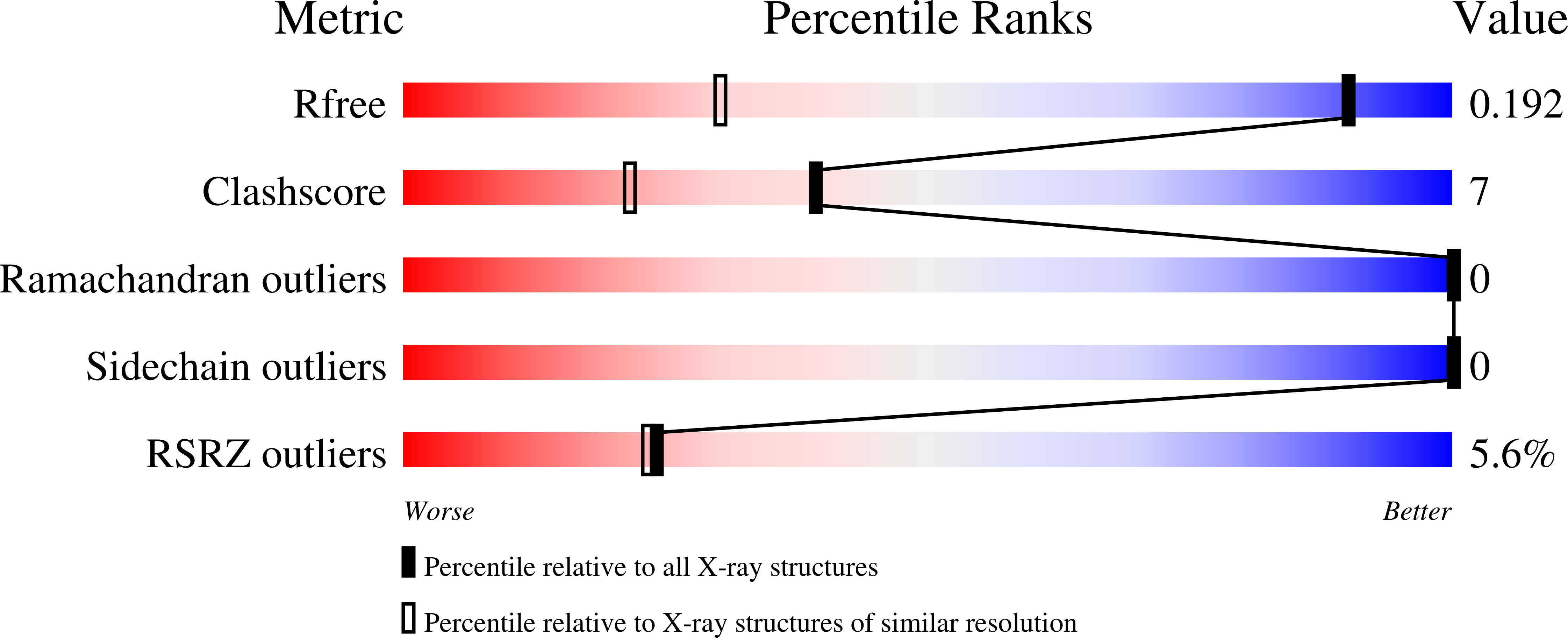
Deposition Date
2020-09-18
Release Date
2020-11-04
Last Version Date
2024-11-13
Entry Detail
PDB ID:
7AEW
Keywords:
Title:
14-3-3 sigma bound to bis-phosphorylated aminopeptidase N (APN, CD13) via canonical and non-canonical binding motifs
Biological Source:
Source Organism:
Homo sapiens (Taxon ID: 9606)
Host Organism:
Method Details:
Experimental Method:
Resolution:
1.20 Å
R-Value Free:
0.18
R-Value Work:
0.16
Space Group:
C 2 2 21


